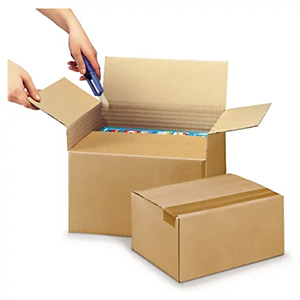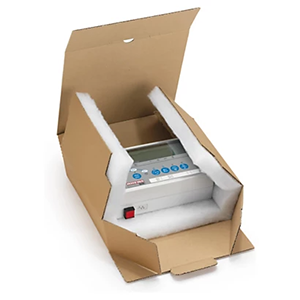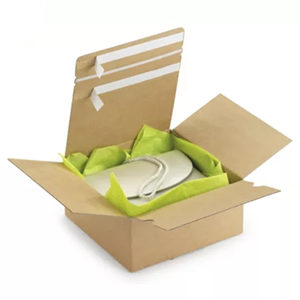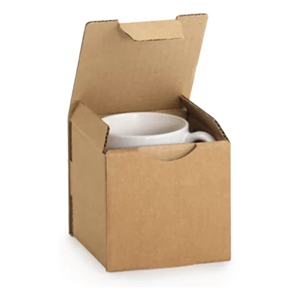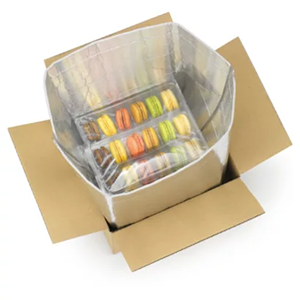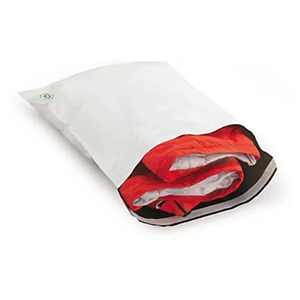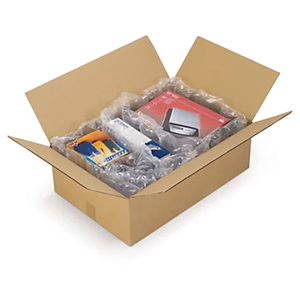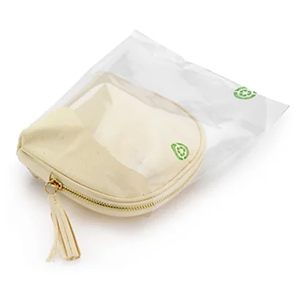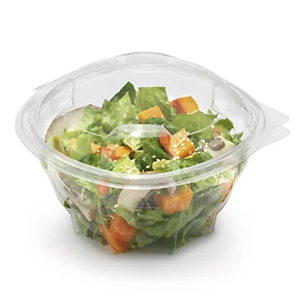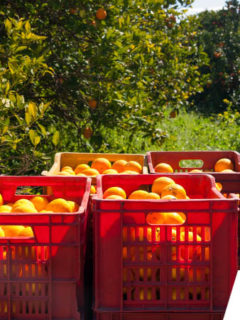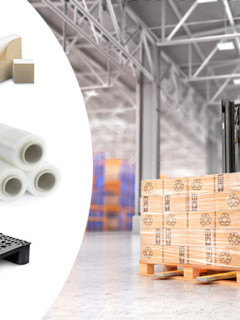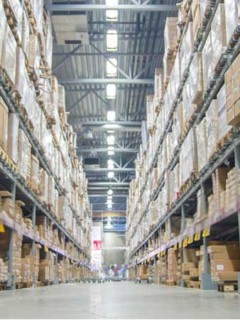In the manufacture of packaging, the most commonly used materials are definitely cardboard and plastic. But which is the best material to be considered? Especially in the world of packaging, it is essential to have a balance between ecology and practicality. Therefore, it is also important to understand what advantages each of these materials presents when it comes to packaging being ordered.
Cardboard packaging, an Eco-Responsible trend
Firstly, due to the vegetable origin of its raw materials and its recyclable potential, cardboard packaging is characterised by being the Eco-Responsible option par excellence.
Advantages of cardboard packaging
Cardboard packaging offers the following advantages:
- They convenientlyprotect the goods against humidity, shocks and temperature variations;
- They offer high resistance to vertical compression, as long as the right thickness of cardboard is chosen;
- They provide perfect adhesion in conjunction with most packaging tapes;
- Cardboard boxes and cases can be personalised with the insertion of logos and messages in various coloured inks;
- Theysave storage space as much of the carton is stored flat for later assembly;
- They are Eco-Responsible, manufactured with recycled materials, or with recyclable or biodegradable properties.
What to look for when choosing cardboard packaging?
When selecting carton packaging for your business, we recommend you consider three factors:
- Type of board: corrugated board comes in single, double or triple corrugated formats. The thicker the corrugated board, the better it is prepared to support heavier and bulkier loads;
- Packaging configuration: according to the size, measures and characteristics of the product to be considered, the necessary dimensions or functionalities must be modulated. For example: the internal divisions of the boxes for bottles or the isothermal reinforcement, for foods and parapharmacies that must be transported in cold conditions;
- Delivery method: the cardboard packaging will differ according to the method used to deliver the purchase to the customer. Thus, for direct sales in shops, light alternatives are generally used, with open presentations; while click & collect and home deliveries require a higher level of protection and proper closure of the cardboard boxes.
Carton packaging most in demand at RAJA
What are the most popular carton packs for your customers? Consider, for example, some solutions:
- Cardboardboxes with automatic bottom.
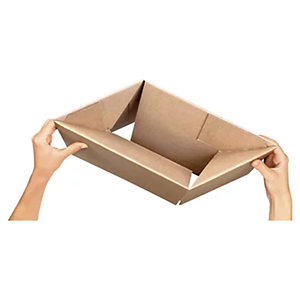 Cardboard boxes ofvariable height and telescopic, adaptable to products of different volumes.
Cardboard boxes ofvariable height and telescopic, adaptable to products of different volumes.
- Cardboard boxeswith integrated foam filling.
- Cardboard boxes for“return and return”, ideal to facilitate the management of e-commerce returns.
- Cardboardboxes for postal deliveries, in different presentations and formats.
- Isothermal boxes, that keep the internal temperature unchanged for 24/48 hours.
- Cardboard food packaging and containers.
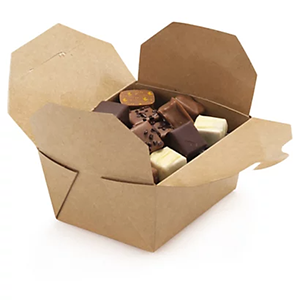
Are plastic packaging’s days therefore numbered?
The EU’s ban on single-use plastics, straws, plates, cutlery and so on, has given plastic packaging a bad name. While it is true that the recommendation is to reduce consumption, we should not forget that the really problematic plastics for the environment are those with an ephemeral life. Therefore, the days of plastic are not numbered. Similarly, in the future we will not see a world without plastics, but a world where consumers will give preference to recycled, bio-based and reusable products.
Why continue to use plastics as packaging material?
On a practical level, plastic packaging offers some additional advantages over carton packaging that are decisive in certain environments:
- They are, therefore, generally lighter, which simplifies their handling and contributes to reducing volumetric weight and translates into cost savings in shipments;
- They facilitate compliance with phytosanitary regulations governing transport in sectors such as food or pharmaceuticals;
- For fragile products, the filling and protection packaging allows maximum protection of the goods with a minimum investment in material.
In short, when we put cardboard and plastic in the balance, it is not a matter of eliminating the latter, but of educating it. On the one hand, to companies to bet on Eco-Responsible plastics and their fair measure; and on the other hand, to society, so that users get involved in recycling processes and the circular economy.
Examples of Eco-Responsible Plastic Packaging
At RAJA we have Eco-Responsible packaging on our website. Discover some of our solutions:
- Recycled opaque plastic bags for sending by post.
- Eco-friendly air cushions in dispenser box, 50% recycled, pre-cut and ready to use.
- Eco-friendlyplastic bags, 100% recycled for packaging and protection.
- Salad bowls in PLA (corn starch polymer), a type of plastic made from renewable raw material, in addition to being biodegradable and compostable.
In conclusion
It is not possible to choose the best material for a package. In other words: in this case, both cardboard and plastic are two excellent options. Visit our website and consider our solutions for your business. If you need advice, contact our experts on 707 788 008.











